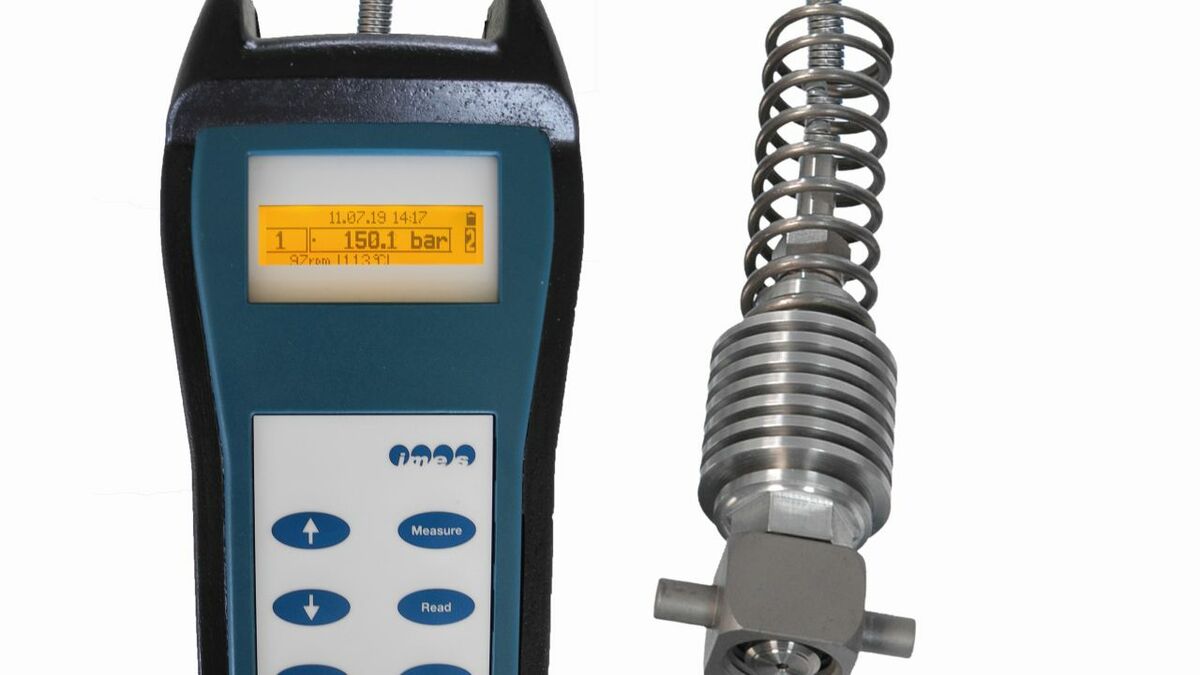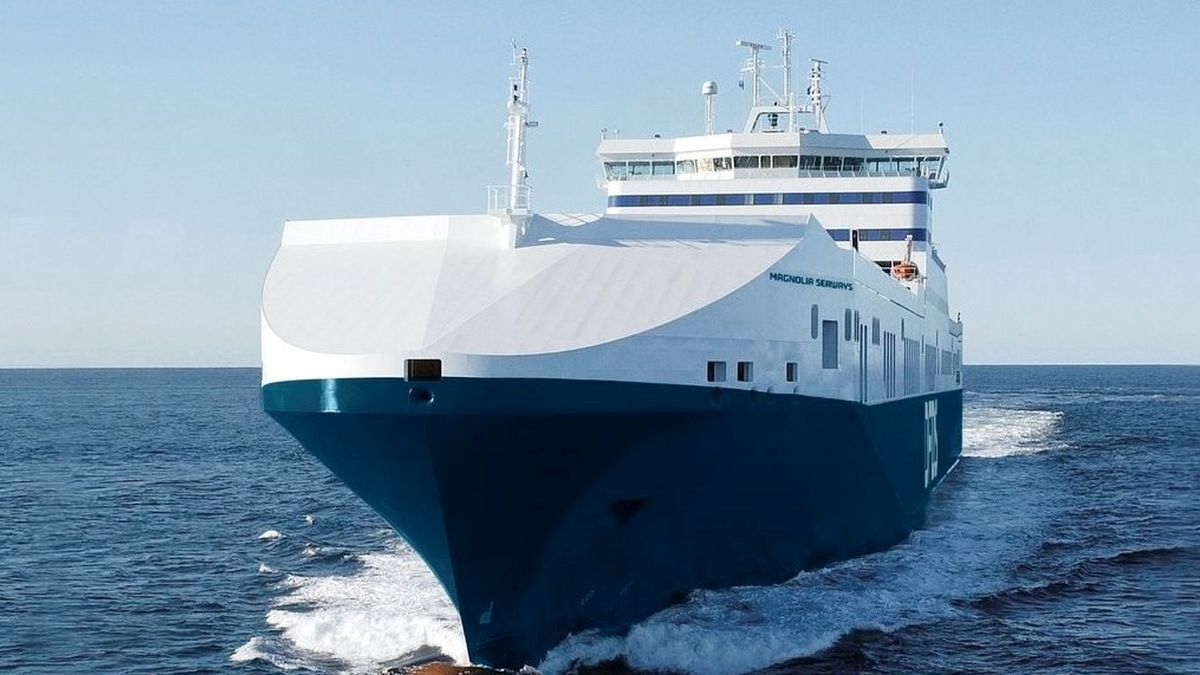Business Sectors
Events
Contents
Two-stroke engine maintenance: Ready for artificial intelligence
Until recently, digitalisation projects have prioritised fleet management and operations, but as the technology evolves it is being put to use for equipment maintenance purposes and to provide advance warning of potential failures
The two-stroke engine, the workhorse of ocean-going merchant ships, is becoming a candidate for predictive maintenance, in which decisions on overhauling and periodic maintenance are made on an intelligent, automated system’s recommendations. Such systems assess machinery health in real time and provide early warning of possible failures.
OEMs and independent vendors are today introducing products leveraging concepts such as machine learning and artificial intelligence (AI) that are aimed at cutting costs associated with periodic maintenance based on running hours. Products that in the past covered auxiliaries such as pumps, motors and thrusters, are moving to complex systems such as the main engine. While most newbuilds of today collect and store main engine data for a health assessment based on physics, it is big data analytics that is coming to define the future of predictive maintenance.
Engine maker WinGD is proposing to merge big data and physics-based modeling to evolve an algorithm for the two-stroke engine. STS Defence, an independent vendor, has developed a solution that generates the baseline data of the engine on its own to provide a health assessment of the engine with early warning capabilities. “The challenge is to generate enough data on the health of the equipment that is sufficiently granular, gives indications of potential failures early enough, and adapts to the specific engine and the environment,” says STS Defence’s chief technology officer David Garrity.
Changing course
Winterthur Gas & Diesel Ltd, in collaboration with technical university ETH Zürich, has developed an algorithm based on a physical and data-driven engine model to enhance predictive maintenance for marine two-stroke engines. The solution, which deploys a new hybrid approach to modelling engine behavior, will be further tested and validated to be applied in future versions of the WinGD Integrated Digital Expert (WiDE) engine data analytics system.
WiDE diagnostics are currently being piloted on WinGD engines in operation and were made available for all new WinGD engines ordered as of the beginning of 2018. It uses machine learning and modelling based on performance benchmarking and sensor data to detect and predict failures. The system developed under the project with ETH Zürich and introduced in September uses a new approach to modelling engine behavior that combines this data-driven engine modelling with physical modelling.
While data-driven models use condition monitoring or rules derived from experiments, physical modelling relies on complex simulations that can be time-consuming and costly, according to WinGD. To match WiDE’s purpose of providing instant, online diagnostics, the system will apply a thermodynamic model that takes just milliseconds to calculate.
Hybrid modelling will improve WiDE’s ability to predict and prevent engine failures, cutting downtime and maintenance costs for shipowners and operators, says WinGD general manager for business development Carmelo Cartalemi. “The first iteration of our WiDE system brought remote diagnostics and predictive maintenance to marine two-stroke engines. The project with ETH Zürich will increase the predictive maintenance capability of WiDE to a level not yet seen in our industry,” he said.
A retrofit option
STS Defence has introduced Intelligent Condition monitoring with Integrated Communications (IConIC), which uses AI to train itself to recognise a system’s normal health and then predict future symptoms from vibration patterns.
IConIC is said to learn the ‘signature’ of what a healthy system looks like in a specific environment, with the potential to pinpoint specific faults depending on how the signature changes. IConIC’s health score is based on analysing how close the system is to a healthy/unhealthy boundary, generated during a brief training phase. A score of zero represents this boundary, with a positive score indicating good health, and a negative score indicating poor health. This can then be portrayed visually to engineers through portable devices such as Android phones or tablets, so they can quickly determine machinery health. The output is in hundreds of bytes, which means it can piggyback on maritime AIS transceivers, says Dr Garrity. The system can transmit across satcoms, WiFi and efforts are on to transmit the health score in less than 150 characters through AIS.
Rather than using equipment manufacturers’ published information, IConIC develops its baseline health data from the actual engine it is monitoring, taking into account its age and local environment. Each cylinder has an externally-mounted vibration sensor. The system samples more than 500 features per second.
The IConIC project was supported by Innovate UK, a government agency that provides seed funding for innovative ideas, from January 2015 to December 2016. Alpha trials were conducted 2017 to 2019 while beta trials are happening now in a variety of engines. IConIC has detected various faults that have affected engine health, including fuel-flow problems, blocked air filters, loose engine mounts, worn piston rings, big end bearing slack and leaking valves, says Dr Garrity.
In October 2016, IConIC trials continued on a six-cylinder Doosan-MAN two stroke engine, onboard a 45,000 dwt product tanker that had just come out of a dry dock; the 9.8 MW engine was showing healthy results. While the earlier tests were on smaller, four-stroke engines, this was the first application on a large two stroke. The algorithm used and the architecture were the same, but the scale was much bigger, says Dr Garrity. It took about a week for IConIC to train itself on the product tanker.
“Although we have only tested on one two-stroke engine, we were able to confirm our expectations going into the trial in comparison to the four-stroke engines,” says STS Defence research engineer Nathan Smith. “Due to the construction of the engine, and arguably the higher level of structural integrity with the lack of valves, we saw much less noise in the data collected, which resulted in clearer frequency bands. Another contributing factor to this observation was the lower speed but larger size of the engine.”
STS Defence is offering the IConIC system on a trial basis for installing onboard.
Engine analyser now features combustion analysis
Eengine analyser EPM-XP (plus) is a new product that has been installed in diesel engines this year. It was developed by from the German company IMES GmbH, which specialises in cylinder pressure sensors and combustion monitoring systems. EPM-XP (plus), an analyser for two- and four-stroke diesel engines, is a further development of IMES’ electronic indicator EPM-XP. EPM-XP (plus) offers improved performance and new features.
EPM-XP (plus) is equipped with the same basic components as the electronic indicator, e.g. a portable data acquisition unit including a calibrated HTT sensor, as well as data acquisition and analysing software.
TDC correction, automatic Pcomp calculation, IPOWER and IMEP calculation, as well as a trending function, are still available, while EPM-XP (plus) offers new functions that enables specific combustion analysis for enhanced diagnosis. It is also possible to take continuous online measurements on indicator cocks by connecting the device via USB/ethernet to a PC (maximum distance 50 m). The acquired data will be directly transferred to the visualisation software for monitoring.
Related to this Story
Events
Maritime Environmental Protection Webinar Week
Cyber & Vessel Security Webinar Week
The illusion of safety: what we're getting wrong about crews, tech, and fatigue
Responsible Ship Recycling Forum 2025
© 2024 Riviera Maritime Media Ltd.















